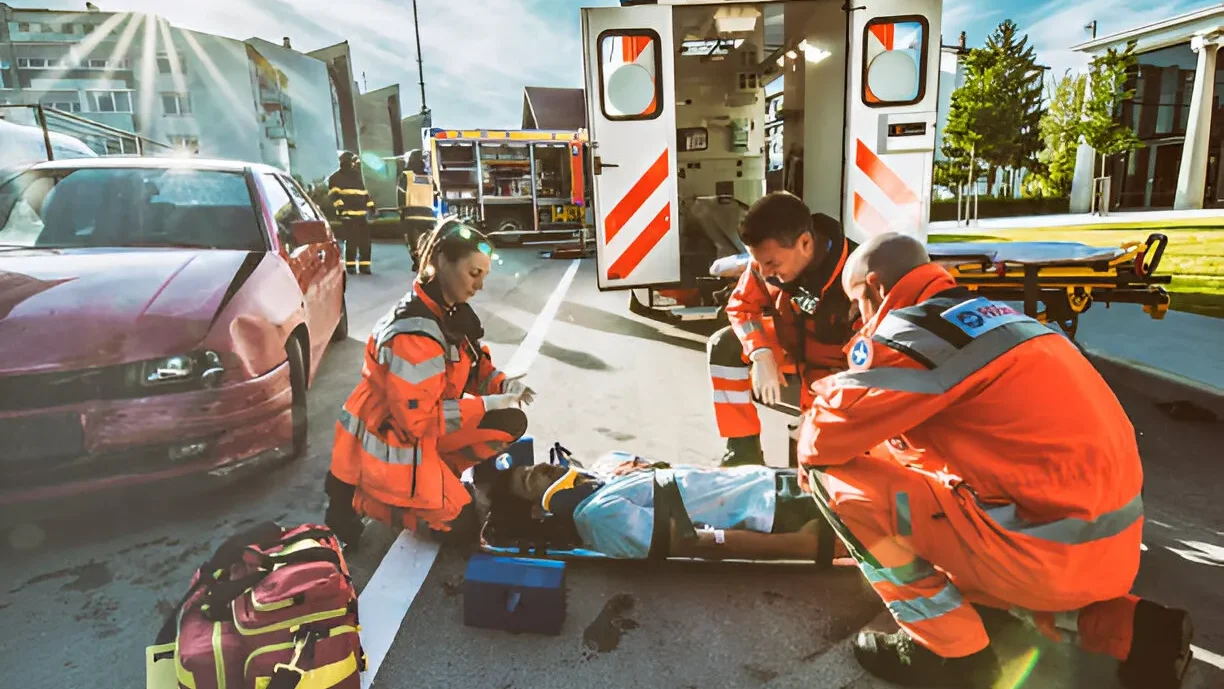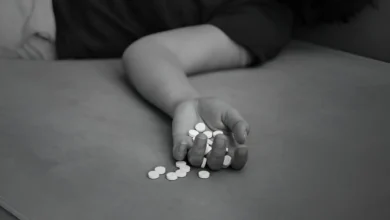“Accidental Trauma”

Accidental trauma represents a critical public health issue that impacts individuals of all ages. This type of trauma results from unexpected events, often leading to significant physical, emotional, and psychological consequences. A comprehensive understanding of accidental trauma is vital for effective prevention, treatment, and support for those affected. This article explores various facets of accidental trauma, including its definition, types, prevalence, causes, symptoms, diagnosis, and treatment options.
Definition
Accidental trauma refers to injuries sustained as a result of unintentional incidents. These occurrences can happen in diverse settings, such as homes, workplaces, and public areas. Unlike intentional harm, accidental trauma stems from unforeseen circumstances, highlighting the unpredictable nature of life. This category includes injuries from falls, vehicle accidents, sports incidents, and more.
Types of Accidental Trauma
Accidental trauma can be categorized into several types based on the nature of the injury and the circumstances surrounding the event:
- Falls: Falls are among the leading causes of accidental trauma. While older adults are particularly susceptible, individuals of all ages can suffer injuries ranging from fractures to head trauma.
- Motor Vehicle Accidents: Collisions involving cars, motorcycles, bicycles, and pedestrians significantly contribute to accidental trauma. Injuries can vary from minor cuts to life-threatening conditions.
- Sports Injuries: Participation in sports and physical activities often results in accidental trauma. Common injuries include sprains, fractures, and concussions, which may occur during practice or competition.
- Drowning and Near-Drowning: Water-related incidents can lead to severe trauma, including brain injury from oxygen deprivation and physical injuries sustained during attempts to escape.
- Burns: Accidental burns can arise from fire, hot liquids, chemicals, or electrical sources. The severity of burns can differ greatly, affecting both skin and underlying tissues.
- Poisoning: Unintentional poisoning, often from household chemicals or medications, can result in serious health complications requiring immediate medical attention.
- Gunshot Wounds: Although frequently associated with intentional harm, accidental shootings can occur, particularly in households with firearms, leading to devastating injuries.
Prevalence
Accidental trauma is a widespread concern globally, contributing significantly to morbidity and mortality rates. According to the World Health Organization (WHO), unintentional injuries account for a substantial proportion of deaths worldwide, particularly among children and young adults. In the United States, the Centers for Disease Control and Prevention (CDC) identifies unintentional injuries as the leading cause of death for individuals aged 1 to 44. The prevalence of accidental trauma underscores the need for effective prevention strategies and awareness campaigns.
Causes and Triggers
Accidental trauma can stem from various causes and triggers influenced by environmental factors, individual behavior, and socioeconomic conditions. Some common causes include:
- Environmental Hazards: Cluttered living spaces, poorly maintained properties, and hazardous workplace conditions can elevate the risk of accidents.
- Human Behavior: Risky behaviors, such as driving under the influence or not using seatbelts, significantly increase the likelihood of accidental trauma.
- Lack of Awareness: Many accidents occur due to insufficient knowledge about safety practices. For instance, improper use of household chemicals can lead to poisoning, while inadequate supervision of children near water can result in drownings.
- Age and Physical Condition: Certain demographic groups, like the elderly and young children, are more vulnerable to accidents due to physical limitations or lack of experience.
- Social and Economic Factors: Poverty, limited access to education, and inadequate healthcare can exacerbate the risks associated with accidental trauma. Communities with fewer resources often experience higher injury rates.
Signs and Symptoms
The signs and symptoms of accidental trauma can differ widely based on the type and severity of the injury. Common indicators include:
- Pain and Discomfort: Pain is often the first sign of an injury and can vary from mild to severe, depending on the nature of the trauma.
- Swelling and Bruising: Localized swelling and bruising often accompany injuries like fractures and sprains.
- Limited Mobility: Injuries may result in reduced range of motion, making daily activities challenging.
- Bleeding: Open wounds may lead to bleeding, which can signal more severe trauma requiring immediate medical attention.
- Dizziness or Confusion: Head injuries, such as concussions, can cause cognitive disturbances like dizziness, confusion, or loss of consciousness.
- Respiratory Distress: In cases of drowning or severe burns, individuals may experience difficulty breathing, necessitating urgent care.
Diagnosis
Diagnosing accidental trauma involves a thorough assessment of the patient’s condition, including a detailed medical history and physical examination. Healthcare professionals may use various diagnostic tools to determine the extent and nature of the injury:
- Imaging Studies: X-rays, CT scans, and MRIs provide valuable information regarding fractures, internal injuries, or soft tissue damage.
- Laboratory Tests: Blood tests may be conducted to assess for internal bleeding, electrolyte imbalances, or signs of poisoning.
- Neurological Evaluation: For head injuries, a neurological assessment is crucial to gauge cognitive function and detect potential complications.
- Observation: Continuous monitoring may be necessary for individuals with severe injuries to ensure their condition does not deteriorate.
Treatment
The treatment for accidental trauma varies based on the type and severity of the injury. Key treatment approaches may include:
- Immediate Care: In emergencies, first aid measures such as controlling bleeding, immobilizing fractures, or performing CPR can be life-saving.
- Medical Intervention: Hospitalization may be necessary for serious injuries. Treatments can range from surgical procedures to repair fractures or internal injuries to medications for pain management or infection prevention.
- Rehabilitation: After initial treatment, rehabilitation plays a critical role in recovery. Physical therapy may be needed to restore mobility, strength, and function, while psychological support may be essential to address emotional and mental health issues resulting from the trauma.
- Preventive Measures: Post-injury education on safety practices and lifestyle changes can help prevent future incidents. This includes wearing appropriate protective gear during sports, ensuring safe environments at home, and promoting awareness of potential hazards.
- Follow-Up Care: Regular follow-up appointments with healthcare providers ensure that recovery is on track and that any complications are promptly managed.




